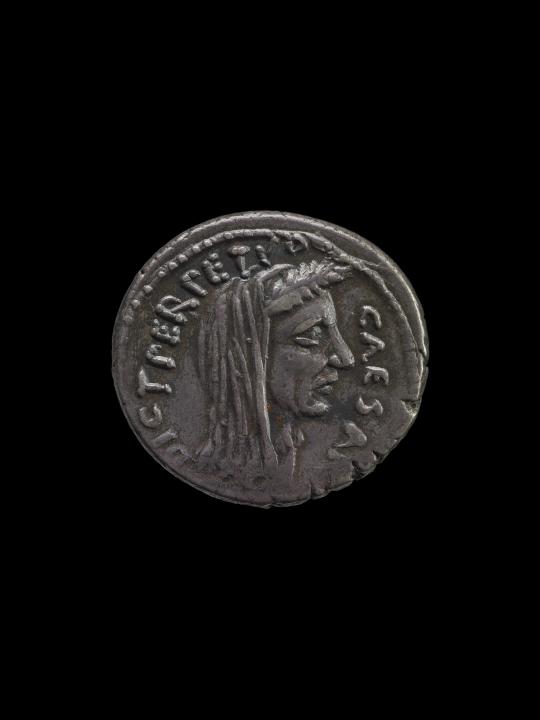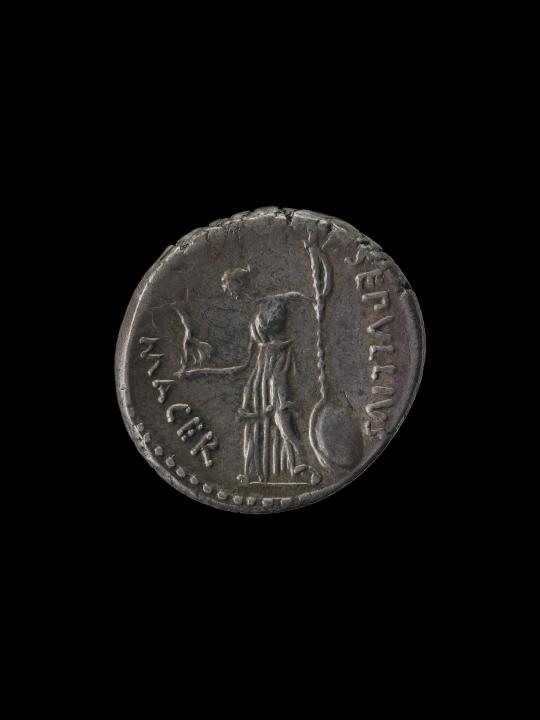#british victory
Explore tagged Tumblr posts
Text



the devil in his brain working overtime lately 😭
asking someone to pour their drink into his mouth while being manhandled at barricade 💀 i’m afraid he’s officially lost it (x)
#louis tomlinson#louis tomlinson gifs#louis gifs#victorious festival#louisupdates#louisprojectstracks#louistomlinsoncouk#mindofwalls#‼️‼️‼️#why is he like this?!? 😭#beloved gremlin behavior#a little too excited about being back on British soil#my fitfwt content
178 notes
·
View notes
Text

Trafalgar; Victory at noon - H.M.S. 'Victory' breaking the enemy line and raking the stern of the French flagship by Montague Dawson
#montague dawson#art#age of sail#battle of trafalgar#napoleonic wars#hms victory#united kingdom#england#great britain#france#english#british#french#history#horatio nelson#europe#royal navy#european#warships#flagship#warship#marine art#naval art#maritime art#spain#spanish#bucentaure#pierre charles villeneuve#sea#ocean
115 notes
·
View notes
Text
"Oh yes, Mr. Rich And Desperate-To-Protect-His-Own-Position Bad Man, I have SERIOUS DIRT on you. YES, I'm the only one who knows about it, and NO, no one knows where I am or who I'm meeting with right now. I'm holding the ONLY evidence in my hand -- and the moment I leave this room, your life as you know it will be OVER! Now, what do you think about THAT??"
- person about to be murdered at the start of a Columbo episode
#original#Columbo#a lot of the time they're not even trying to do blackmail they're just informing a powerful person that they plan on ruining them#this is why you shouldn't do your Victory lap before you cross the finish line#for context if you haven't seen the show almost every episode of Columbo starts with showing the murder happening#and then 20 to 40 minutes into the episode Columbo shows up to try to solve it#the mystery isn't whodunnit it's how is Columbo going to exploit this rich asshole's every mistake until they get caught#and then you watch as Columbo closes in on them in the most unassuming way so they don't realize he's a threat until it's too late#a lot of episodes are 2 hours long. it's about as slow and gentle as a murder mystery can be.#my friend said it was like if the Great British Bake Off was about solving a murder. he's just such a polite man!#ACAB except Columbo tbh. i headcanon he is a ghost. it helps me pretend it's not copaganda lol.#but also like. him being a ghost makes more sense a lot of the time.
22 notes
·
View notes
Text


Denarius with head of Julius Caesar (obverse) and Venus holding Victory (reverse), minted under P. Sepullius Macer at Rome
Roman, Republican Period, 44 B.C.
silver
British Museum
#Ides of March#Julius Caesar#Caesar#Ancient Rome#Roman Republic#Republican Period#Rome#denarius#silver#coin#numismatics#Venus#Victory#British Museum
112 notes
·
View notes
Text
It's my birthday today!
I bought myself a sextant lmao

It goes well on my Napoleonic Wars shelf, and is a good pair with my bosun's whistle

(and yes, those are HMS Victory bookends that my brother got for my birthday a few years back)


#napoleon#Napoleonic wars#georgian navy#british navy#hms victory#bookshelves#bookshelf#bookshelf tour
25 notes
·
View notes
Text

On 24 June 1314 an outnumbered Scottish army under Robert the Bruce crushed the forces of Edward II at the Battle of Bannockburn.
#Bannockburn#Stirlingshire#King Edward II#Robert Bruce#British history#Scottish victory#24 June 1314#On this day#English army#mediaeval#battlefield#soldiers#slaughter
37 notes
·
View notes
Text
Daydreaming about a War of 1812 prestige drama, and then tormenting myself by imagining that it's just a lazy piece of USAmerican propaganda riddled with inaccuracies.
#it gets the 'turn' treatment and john graves simcoe somehow returns as a villain#i mean if you can make him a villain he can also not die in 1806... equally fictional!#half of one season is just the battle of new orleans#there's nothing about us slavery and they make several british characters extra racist to make the americans look better#indigenous characters are friends with the us protagonist characters and dispense magical native american advice#lundy's lane is somehow an american victory.... arrrgh i will stop now#shaun talks
25 notes
·
View notes
Text


it's been a week since this incredible win
#“where have you been this past week” i have been celebrating this non-stop#literally basking in his victory#liking every post i see#love seeing my goat at the top where he belongs#only lewis will break a 3-year winless streak at his HOME race#also the amount of records he broke? crazy#lewis hamilton#lh104#british gp 2024#silverstone 2024#f1#44stills#my edit
24 notes
·
View notes
Text
Thank you Bridon Ep 4 for answering a question I had just thought of at the start of the episode
If CXS dives into the body of an English speaker, would he be able to speak/understand English himself?
#ep 4 seems to suggest No#but ep 5 preview may imply the opposite if he’s going to be doing another dive#maybe there’s an adjustment period?#ep 4’s dive wasn’t exactly done in a proper state of mind#link click#bridon spoilers#yingdu spoilers#link click spoilers#anyway I just want to know xD#the show only seems to use English when we need to either know we’re in Bridon#or when ShiGuang are present and speaking mandarin#so scenes like Vein & Xia Fei’s reunion and Liu Xiao’s Russian roulette in Ep 2#were likely in English in-universe#but mandarin could be used since everyone could understand each other anyway#(so kudos to that random British bookseller who apparently speaks mandarin haha)#(actually wait was xia fei cheering in English or mandarin when the soccer team won?)#(or was it obvious he was cheering the wrong teams victory either way xD)
14 notes
·
View notes
Text




GEORGE RUSSELL after taking Pole Position during Qualifying of the Formula 1 Qatar Airways British Grand Prix at the Silverstone Circuit in Towcester, England, on Friday, July 5, 2024. Photos by Jon Hobley.
#george russell#f1#*m#*p#british gp 2024#gbr24#silverstone#24#(need him to have the most beautiful victory today)
12 notes
·
View notes
Text

Inspired by Second Draft by @veraynes-blog. The Fourteenth Doctor returns to (save) the Simm Master. And trying to fix his past mistakes.
#doctor who#tenth doctor#fourteenth doctor#simm master#doctor x master#aliens#timelords#gallifrey#enemies to lovers#theta sigma#koschei oakdown#john simm#david tennant#dr who fanart#inspired#dr who fanfiction#verayne writes#british sci fi#time lord victorious
96 notes
·
View notes
Text

The Battle of Trafalgar: HMS 'Victory' Steering for the Enemy by Eduardo de Martino
#eduardo de martino#edoardo de martino#art#age of sail#battle of trafalgar#hms victory#warship#warships#royal navy#history#napoleonic wars#marine art#maritime#england#english#ship#ships#british#united kingdom#great britain#horatio nelson#europe#european#napoleonic#naval art#naval history
89 notes
·
View notes
Text
#eagle / #eaglewall 1/1200 #hmsvictorious an #illustriousclass #aircraftcarrier used by the #britishroyalnavy during #worldwar2 #worldwarii #ww2 #wwii #british #royalnavy #eaglemodel #eaglewallmodel #modelship #modelbuilding
instagram


#eagle#eaglewall#hms victorious#illustrious class#aircraft carrier#british royal navy#world war 2#world war ii#ww2#wwii#british#royal navy#eagle model#eaglewall model#original content#model ship#model building#Instagram
2 notes
·
View notes
Text
LEWIS WON
#f1#formula 1#british gp 2024#lewis hamilton#The has to be some divine prophetic shit oh my god#Breaking the no win streak by winning his home Grand Prix? THAT IS SOME DIVINE VICTORY#Holy fuck holy fuck holy fuck
5 notes
·
View notes
Text
Labour Party Triumphs 2024 General Election
The United Kingdom has witnessed a seismic shift in its political landscape as the Labour Party achieved a landslide victory in the 2024 general election. With an impressive 412 seats, Labour has secured a majority of 174, marking a significant transformation in British politics.
A Devastating Blow for the Conservatives
The results are nothing short of catastrophic for the Conservative Party, which has seen its worst performance in terms of seats in history. Reduced to just 121 seats, this dramatic fall from grace highlights a significant disconnect between the party and the electorate. The decline is stark when compared to their 2019 landslide victory under Boris Johnson. Many argue that under the leadership of Rishi Sunak, the party has lost its Conservative identity and, consequently, its voter base.
The Liberal Democrats' Resurgence
The Liberal Democrats have emerged as significant players, capturing 72 seats—their highest tally since 1923. This resurgence indicates a growing appetite among voters for a centrist alternative, possibly reflecting disenchantment with both Labour and Conservative policies.
Other Parties and Their Gains
SNP: Holding steady with nine seats, the Scottish National Party continues to be a force in Scotland.
Reform UK: As a supporter of Reform UK, I'm pleased to see them securing five seats. This marks a breakthrough and suggests potential for future growth.
Plaid Cymru and the Green Party: Both parties have made modest gains, with four seats each, indicating a continued presence in the political arena.
Reflecting on the Conservative Collapse
As someone who voted for Reform UK, it's frustrating to see the Conservatives squandering their opportunity. Under Rishi Sunak, the party seemed to drift away from traditional conservative values. Instead of capitalising on the momentum built in 2019, there was a sense of complacency and lack of clear direction. It's almost as if they were resigned to losing, a sentiment shared by many former Conservative voters.
The Road Ahead for Labour
With Sir Keir Starmer at the helm, Labour now faces the daunting task of governing with such a commanding majority. While many of their supporters celebrate, the true test lies ahead. Can Labour deliver on their promises and address the myriad challenges facing the UK? Only time will tell.
Reform UK's Promising Future
In my honest opinion, the results for Reform UK are just the beginning. With a foothold in Parliament, they have the potential to grow significantly over the next few years. I predict that within 12 months, Labour's honeymoon period will end, and the realities of governance will set in. Disillusionment is likely, and when it happens, Reform UK will be poised to capitalise on the shift.
A Time of Change
The 2024 general election has undeniably set the stage for a period of significant change in the UK. The political landscape has been reshaped, and the next few years will be crucial in determining the country's direction. Whether Labour can maintain their support, or if other parties, including Reform UK, rise to the occasion, remains to be seen. One thing is certain: change is coming. Mark my words!
#UK Politics#General Election 2024#Labour Party Victory#Conservative Party Defeat#Rishi Sunak#Keir Starmer#Reform UK#Liberal Democrats#SNP#Political Shift#Election Results#British Politics#Voter Disenchantment#Conservative Identity#Political Landscape#Election Analysis#Future of Reform UK#Political Change#UK Parliament#Political Predictions#today on tumblr#new blog
5 notes
·
View notes
Text

HMS Victory being towed to Gibraltar with the dead body of Lord Nelson after his historic defeat of Napoleon's navy - 21 October 1805
#Battle of Trafalgar#HMS Victory#Nelson's flagship#Royal Navy#Horatio Nelson#Napoleonic wars#On this day#21 October 1805#British history#heroism#sea battles#naval art#battleships
108 notes
·
View notes